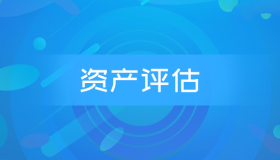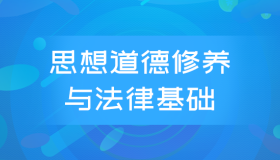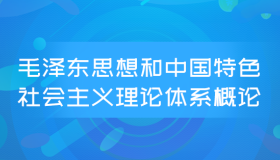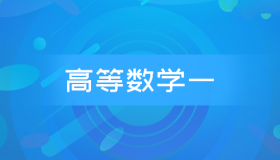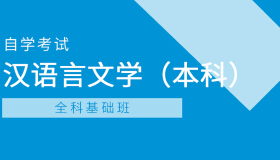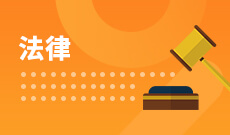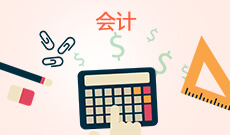英语写作学习笔记 How to Research
《自考视频课程》名师讲解,轻松易懂,助您轻松上岸!低至199元/科!
A. Exploring the library
Before you begin researching, walk around the library to find out what it’s like. Most libraries provide maps and handouts that describe their service. As you explore the library, seek out answers to at least the following questions:
1. Are the bookshelves open or close to readers?
2. Are some books, periodicals and reference materials located in special rooms?
3. Is there a traditional card catalog in rows of drawers, or are the library holdings cataloged on microfilm or on a computer?
4. Where is the reference section?
5. Where are the periodical indexes?
6. Where are the periodicals stored?
7. Is there a computer search service?
As you get to know the library, don’t forget the library staff. Librarians can save you time by helping you define what you are looking for and then telling you where to find it.
B. Following a search strategy
A search strategy is a systematic plan for tracking down source materials. To create a search strategy, you need to ask yourself two questions:
1. What kinds of source materials should I consult?
2. In what order should I consult them?
A good search strategy usually moves from general reference works such as encyclopedias to specific books and specific magazine and newspaper articles. But be pared to modify this strategy in light of your topic, your library resources, your level of expertise, and the amount of time you can afford in researching.
1. Reference works
Often you need to begin by reading background information in a general encyclopedia, a specialized encyclopedia, or a biographical reference. Later in your research, you may need to turn to other reference works such as atlas, almanacs, or unabridged dictionaries.
1) General encyclopedias
Articles in general encyclopedias introduce the topic to you, give you a sense of how broad or narrow it is, and usually end with a bibliography of books for further reading. Although general encyclopedias are a good place to begin your research, usually you do not use information from them directly in your finished paper because you will find more specific information later during your search.
The following are the most frequently used general encyclopedias:
Academic American Encyclopedia. 21 vols.
Collier’s Encyclopedia. 24 vols.
Encyclopedia Americana. 30 vols.
The New Encyclopedia Britannica. 32 vols.
2) Specialized encyclopedias
For topics that fall within a particular academic discipline, turn to a specialized encyclopedia for an interview. As you read, look for areas in which experts take different positions or where trends, attitudes, beliefs, or circumstances are changing; your finished paper could show your support for one of the positions or explain the causes or effects of the changes.
The following are some specialized encyclopedias covering a number of disciplines:
Encyclopedia of Banking and Finance.
Encyclopedia of Computer and Data Processing.
The Encyclopedia of Management.
The Encyclopedia of Philosophy.
Encyclopedia of World Art.
An Encyclopedia of World History.
Encyclopedia of World Literature in the 20th century.
McGraw-Hill Encyclopedia of Modern Economics.
McGraw-Hill Encyclopedia of World Drama.
The Oxford Companion to American Literature.
The Oxford Companion to English Literature.
3) Biographical references
If your subject is a person, a good place to begin is with a biographical reference such as one of the following:
Contemporary Authors.
Current Biography.
Dictionary of American Biography.
Dictionary of Literacy Biography.
McGraw-Hill Encyclopedia of World Biography.
Who’s Who in America.
4) Unabridged dictionaries
An unabridged dictionary such as one of the following is more comhensive than an ordinary college or desk dictionary.
The Oxford Dictionary.
The Random House Dictionary of the English Language.
Webster’s Third New International Dictionary.
5) Books
Your library may have a traditional card catalog, a microfilm catalog, a computer catalog, or some combination of these. The card catalog files information about books on card arranged alphabetically in drawers, and the microfilm catalog reprints the cards on microfilm or microfiche. The computer catalog allows you to call up the information using a keyboard.
The card catalog lists books alphabetically in three ways: by author’s name, by the of the book, and by subject. Keep the following points in mind as you look through the catalog for books most relevant to your topic.
◇ Check the date to see when the book was published. For some topics, only the most recent books may be useful.
◇ Check to see if the book has an index for easy reference and a bibliography to suggest more books.
◇ Check the tracings, lists of other places to look in the card catalog.
If the book looks useful, write down on a bibliography card the call number, author, and publishing information – details that you will need later when constructing your list of works cited. If you just want to look at the book – to decide whether to use it – write down at least the call number and the so that you can locate the book on the shelf.
6) Periodicals
Periodicals are publications issued at regular intervals, such as magazines, newspapers, and scholarly or technical journals. Articles in periodicals are useful reference tools because they often contain more up-to-date information than books and because they usually discuss in detail a specific aspect of a subject. To track down useful articles, consult a magazine index, a newspaper index, or one of the many specialized indexes to scholarly or technical journals.
7) Other sources
A library’s holdings are not limited to reference works, books and periodicals. Look as well for pamphlets, films, filmstrips, records, and tapes. For some topics, you may want to look beyond the library for information. Many organizations, both public and private, willingly mail literature in response to a phone call or a letter. Consider also the possibility of learning more about your subject through interviews or questionnaires.
C. Evaluating sources for relevance and reliability
Even you have narrowed your topic, you search for useful s may provide you with many more books and articles than you have time to read, so you will need to selective.
Often you can judge both that relevance and reliabilities of a source without even reading it. You might reject a book with an irrelevant sub of a too-old date, or you might select one by a well-known expert in the field. The table of contents of a book may reveal a relevant chapter or two; the index at the back of the book as well as the face and introduction can indicate the book’s coverage. Periodical articles often exss their purpose and coverage in the first several paragraphs.
By reading book reviews, you can learn whether a book was well received by experts when it was published. This is an especially important strategy if your paper draws on only one or two books to establish its argument. Book Review Digest is a good general survey of book reviews. Book review index covers fiction and books in the humanities and social sciences.
The liminary judgment you make about the reliability of the sources need to be confirmed as you read them closely. Your best guide is your own critical intelligence. Are the author’s assertion proved with valid evidence? Does the author sent research data and not just a few anecdotes or emotional examples? Are thesauruses clearly documented? Is expert judgment cited? Does the author avoid logical fallacies and emotional language?
Research usually requires a reading of both primary and secondary sources. Primary sources are original documents such as novels, poems, plays, speeches, diaries, legislative bills, laboratory studies, field research reports, or eyewitness accounts. Secondary sources are commentaries on primary sources.
You should use primary sources as much as possible. Naturally, you can better evaluate what the secondary sources say if you have first read the primary sources and are familiar with it. Reading the primary source will establish your credibility as a thorough researcher and independent thinker.
D. Preparing bibliography cards
The sources you decided to consult should all be listed on separate cards. These cards will be necessary later. For books, take down carefully and completely the following information:
◇ Call number
◇ All authors; any editors or translators
◇ Title and sub
◇ Publishing information: city, publishing company, and date
For periodical articles you need this information:
◇ All authors of the articles
◇ Title and sub of the articles
◇ Title of the magazine, journal, or newspaper
◇ Date and page numbers
◇ Volume and issue numbers, if relevant
On the card you may want to write brief comments about the coverage of a book or article. Once you begin reading, you will take more specific notes on note cards.
1. How to take notes on your cards
Notes should be taken systematically. Avoid unintended plagiarism. Systematic notes on your reading will make it clear to you later, as you are drafting your paper, just which words and phrases belong to your sources and which are you own. This is a crucial matter, for if any language from your sources finds its way into your final draft without quotation marks and proper documentation, you will be guilty of plagiarism.
You can take notes in different ways, but be sure that they are accurate. The following suggestion can be very helpful to save your time. Have nearby a stack of blank cards. Write one note on each card so that you can shuffle and reshuffle the cards in different orders later as you experiment with the organization of your paper. Put the last name of the author of your source in the upper right corner of the card, and put a subject label in the upper left corner.
Next decide the most helpful way to serve the information in a particular source: summarizing, paraphrasing, quoting word for word, or writing personal comments. As you take notes, be sure to include exact page references to the information, since you will need the page numbers later if you use the information in your paper.
1) Note cards that summarize
Summarizing is the best kind of liminary note taking because it is the fastest. A summary condenses information, perhaps encapsulating a chapter in a short paragraph or a paragraph in a short sentence. A summary should be written in your own words. If you do use phrases directly from the source, put them in quotation marks.
2) Note cards that paraphrase
Like a summary, a paraphrase is written in your own words. It retells the information in about the same number of words of the original source, while a summary only reports the significant information in fewer words than the source. If you retain occasional choice phrases from the source, put quotation marks around them so that you will know later which phrases are your own to avoid plagiarism.
3) Note cards that quote
A quotation consists of the exact word from a source. On your note cards, put all quoted material in quotation marks; do not trust yourself to remember later which words, phrases, and passages you have quoted and which are your own. When you quote, be sure to copy the words of your sources exactly, including punctuation and capitalization.
Quotation should be reserved for special purposes: to use a writer’s especially vivid or exssive wording, to allow an expert to explain a complex matter clearly, or to let critics of an opinion state their insightful points in their own words. If you find yourself quoting a great deal in your notes, you are probably wasting time, because your final essay should not contain excessive quotations.
4) Personal note cards
While you are reading the primary or secondary sources, you may experience some flashes of insight, connections with other reading, sharp questions, a more restricted topic, ways to set up the arguments of two opposing positions, or a vivid picture. Write these inspirations down before you forget them.
5) Alternatives to note cards
Not every researcher uses note cards. For short research projects, some writers fer to photocopy important material and underline or highlight key ideas. In the margins they write personal comments or cross-reference to other sources. Photocopying has the advantage of saving time and labor, yet it has limited value for extensive research projects because of its inflexibility of physically sorting the highlighted passages into separate batches of information. The use of computer software can overcome this advantage as a second alternative to note cards. However, any style of note taking demands that you read carefully, analyze what you read, and record information with care.
E. Reading and taking notes
Only after you feel that you have a reasonable hypothesis and sufficient number of sources should you begin reading the sources closely and taking detailed notes. Be sure to take notes on all information that has a direct bearing on your hypothesis.
以上就是关于《英语写作学习笔记 How to Research》的全部内容,想了解更多湖南自考资讯,请持续关注《湖南自考网》。如有需要,考生可点击《湖南自考网助学报名入口》进行报名,或点击添加《招生老师微信》进行咨询解答和报名服务哦~
本文标签:湖南自考 湖南自考文学类 英语写作学习笔记 How to Research
转载请注明:文章转载自(http://www.hnzk.hn.cn)
《湖南自考网》免责声明
1、由于各方面情况的调整与变化,本网提供的考试信息仅供参考,考试信息以省考试院及院校官方发布的信息为准。
2、本网信息来源为其他媒体的稿件转载,免费转载出于非商业性学习目的,版权归原作者所有,如有内容与版权问题等请与本站联系。联系邮箱:812379481@qq.com
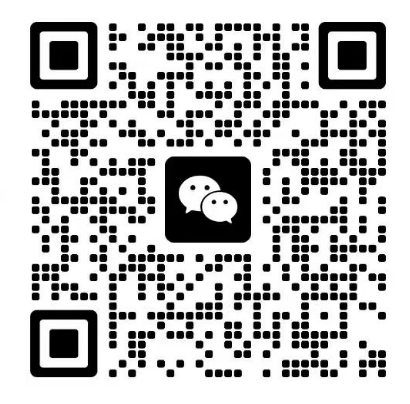
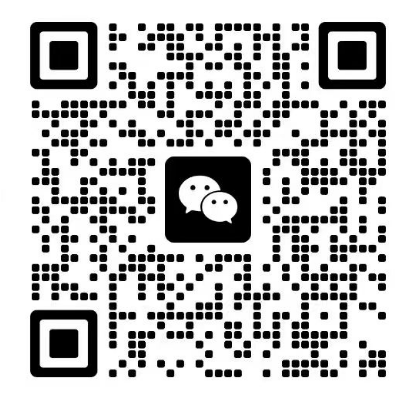

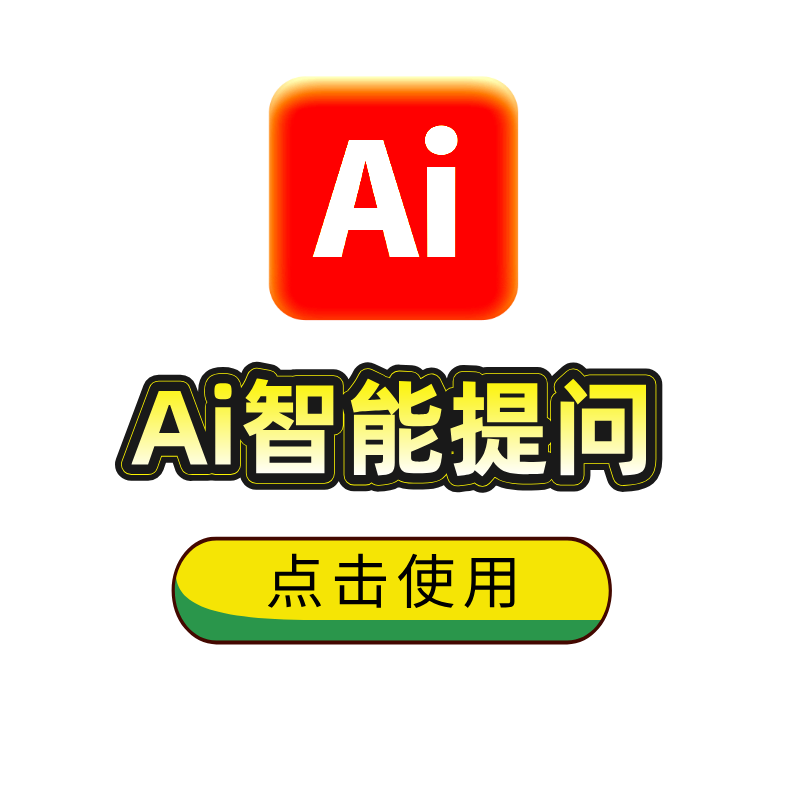 ×
×











